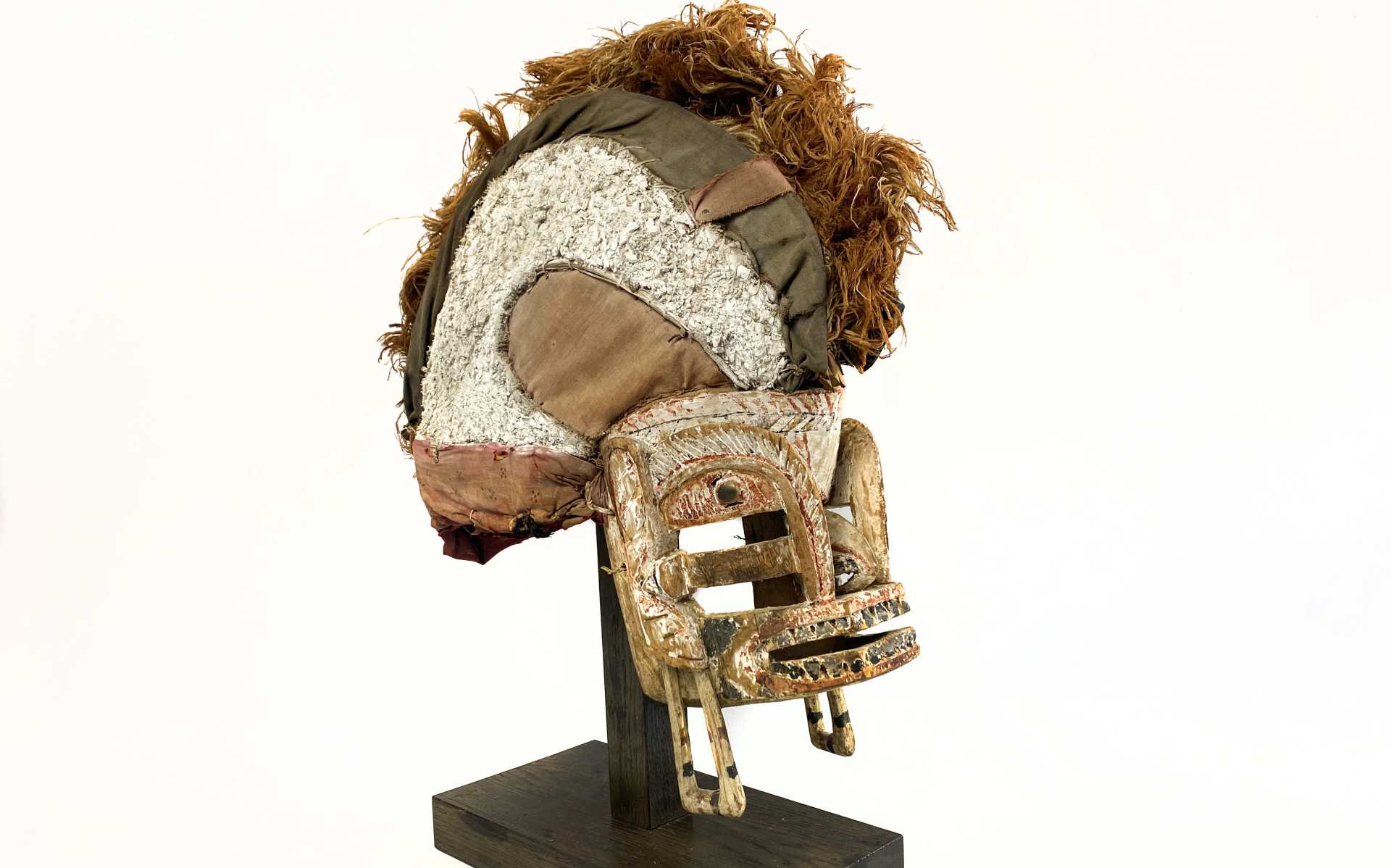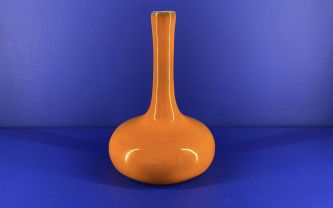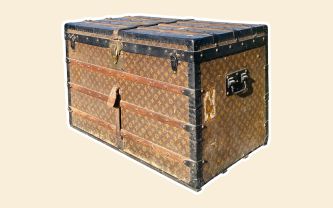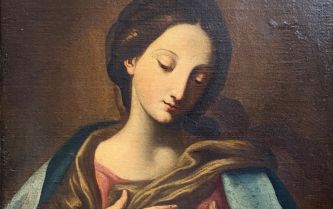Get a free estimate of your objects in Primitive Art and Tribal Art

Masks and primitive art objects are works of art that reflect the history, culture and traditions of different peoples around the world. They are often used in ceremonies, rituals or festivals to represent spirits, ancestors or deities. There are three main categories of masks and First Art objects:
- Oceanian masks
- African masks
- Native American masks
Be careful! There are many copies circulating on the art market. It is essential to be accompanied by our experts in the authentication and estimation.
Response in less than 24h
Oceanian masks
Oceanic masks are used in religious ceremonies and rites of passage in the Pacific Islands, such as French Polynesia, New Zealand and the Solomon Islands. The masks are often carved from wood, stone or shell, and are often painted with intricate designs.
A notable example is the Maori mask, which originated in New Zealand. The Maoris are known for their woodcarving art, and Maori masks are often decorated with tribal motifs and symbols representing ancestors. Maori masks are often sold at auction for prices ranging from a few hundred to several thousand dollars.
African masks
Africa is a continent rich in tradition and culture, and African masks are a prime example. They are used for a variety of ceremonies, including funerals, weddings, rites of passage and religious festivals. African masks are often made of wood, ivory, bronze or copper. The most famous masks come from Mali, Burkina Faso, Nigeria and the Ivory Coast.
One notable example is the Mende mask, originally from Sierra Leone, which was sold at auction for approximately $4.3 million in 2013. This mask is considered one of the most beautiful African masks ever created, with its angular features, intricate hairstyle and smooth skin.
Native American masks
Native American masks are often used in religious ceremonies, festivals and rites of passage. They are often made of materials such as wood, feathers, beads and animal skins. The most famous Native American masks come from the Hopi, Navajo and Kwakiutl tribes.
A notable example is the Hopi mask, which represents ancestral spirits and forces of nature. Hopi masks are often colorful and adorned with feathers, beads and gems. They are often sold at auction for prices ranging from a few hundred to several thousand dollars.
How to estimate a mask or a primitive art object?
Masks and primitive art objects are fascinating works of art that represent the rich culture, history and traditions of people around the world. They are often sold at auction for high prices because of their rarity and beauty. Whether for decoration or for collecting, masks and primitive art objects are investments that can be enjoyed for years to come.
Primitive art objects are unique and valuable pieces that can have a high value on the art market. That is why it is important to have these objects appraised by licensed auctioneers before selling or buying them.
Auctioneers are qualified experts who have an in-depth knowledge of the art market and the value of objects. They can accurately assess the authenticity, age, rarity and quality of fine art objects and provide a fair estimate of their market value.
Having an item appraised by a licensed auctioneer can help avoid counterfeits and numerous copies (vacation souvenirs), incorrect appraisals and unfair prices, ensuring a fair, equitable and successful transaction for all parties involved.
Response in less than 24h
Related topics

Free estimation of ceramics and earthenware
Earthenware and ceramics are objects of art and craft. Having them appraised by a certified auctioneer allows you to discover treasures.
Read more >

Get a free estimate for your fashion and leather goods...
Vintage fashion and leather goods are constantly evolving, with unique creations to be appraised by certified experts.
Read more >

Rating and value of old religious paintings
Antique religious paintings are objects whose value is stable, they are always sought after by collectors. Estimation in 24h.
Read more >
Secure site, anonymity preserved
State-approved auctioneer and expert
Free, certified estimates